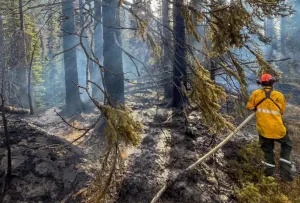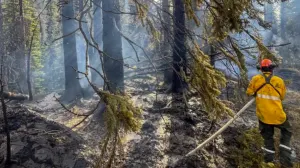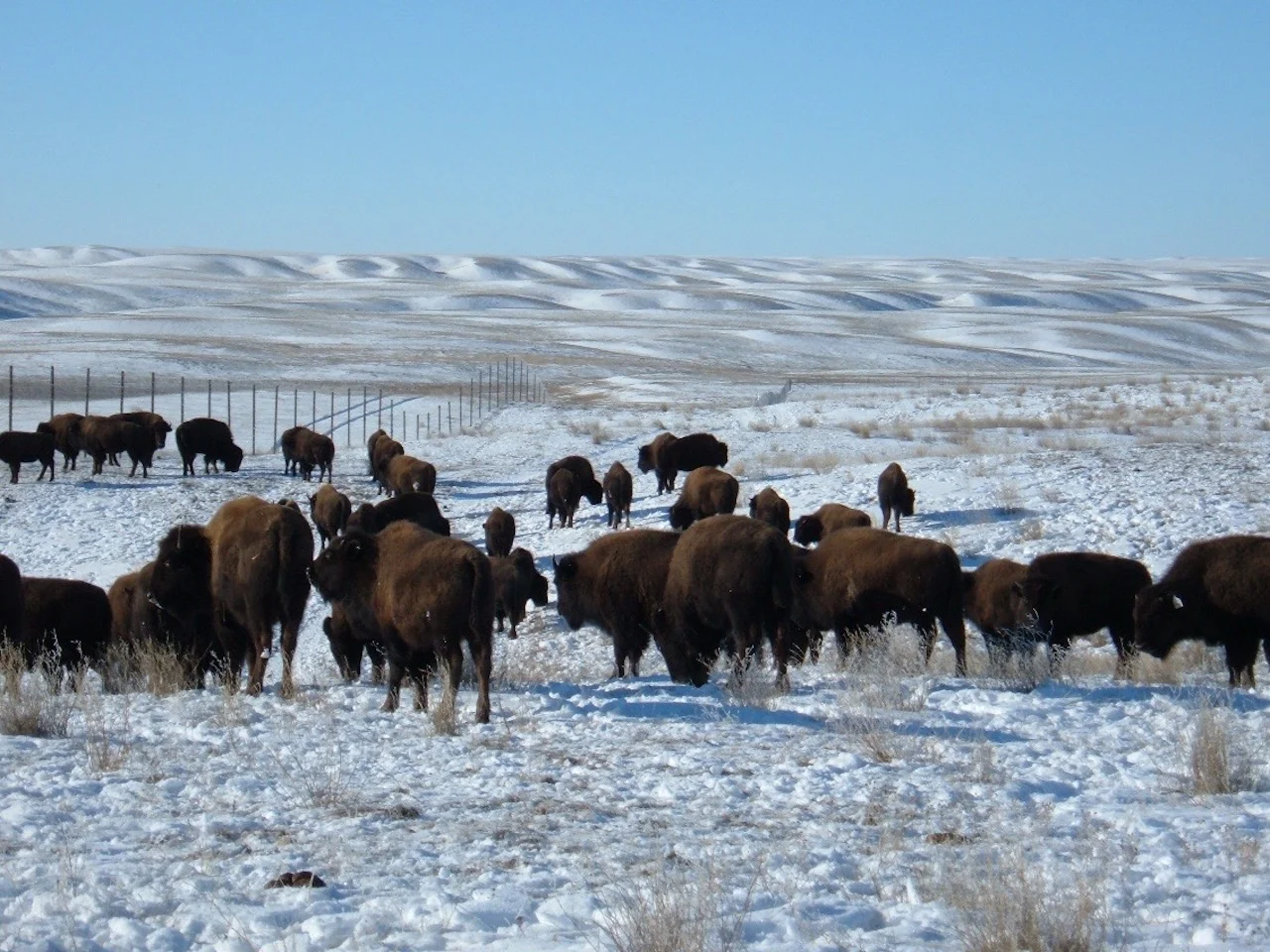
Bison given to First Nations community marks historic moment
According to the Nature Conservancy of Canada, the transfer of 40 plains bison is a notable occasion for the Key First Nation, which has worked with the conservation organization and Parks Canada to return the culturally significant animals to its traditional lands.
The relocation of 40 plains bison to a First Nations community in Saskatchewan was seen as a stepping stone on a pathway towards reconciliation while attempting to restore the threatened species.
Earlier this month, the Nature Conservancy of Canada (NCC) announced that the plains bison were successfully moved to The Key First Nation in the Treaty 4 community in Saskatchewan in order to establish a new herd.
The Key First Nation is part of the territory covered by the terms of Treaty 4 (1874), located in Norquay, Sask., which is in the Fort Pelly district.
SEE ALSO: Mammal 'selfies' show protected areas thriving with species diversity
According to NCC, the transfer marks a historic moment for The Key First Nation, which has worked with the conservation organization and Parks Canada to return the culturally significant animals to its traditional lands. The transfer included 20 plains bison from the Grasslands National Park and 20 from Old Man on His Back Prairie and Heritage Conservation Area (OMB) in Saskatchewan.

Plains bison being released to The Key First Nation. (Parks Canada)
An additional 10 plains bison will be chosen from Grasslands National Park and relocated to the OMB this winter as a way to supplement the herd.
“Repatriation of bison is the true cultural revitalization piece for our Anishinaabe people, immediately creating unity and togetherness within the community chi-miigwech,” said Christopher Gareau, councillor for The Key First Nation, in a news release.
REBUILDING CULTURAL AND SPIRTUAL CONNECTIONS WITH BISON
Michael Burak, NCC's program director for southwestern Saskatchewan, told The Weather Network in a recent interview that many First Nations communities are attempting to rebuild cultural and spiritual connections the Indigenous have with bison, which also helps increase food sovereignty.
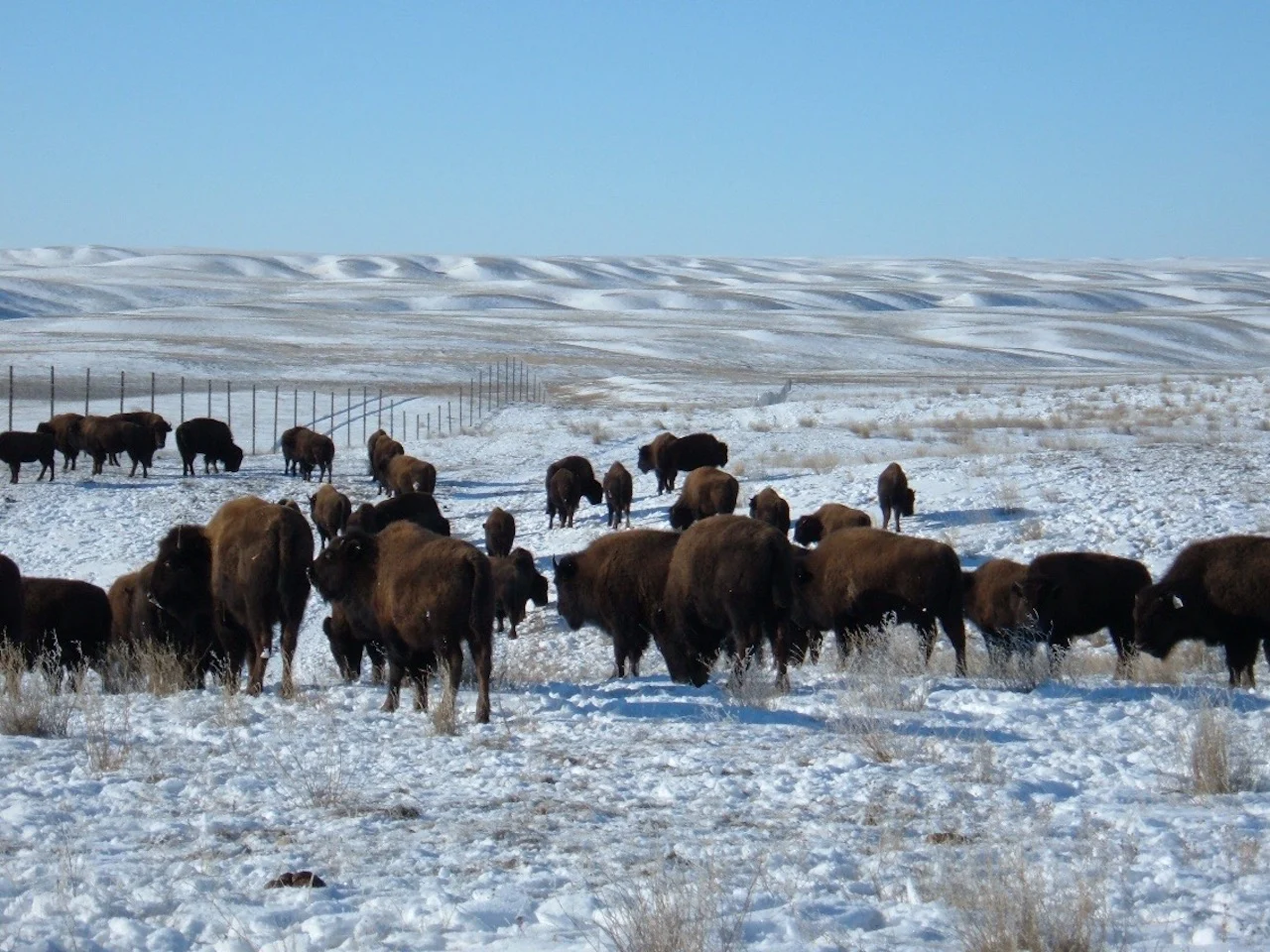
Part of Parks Canada’s plains bison herd in Grasslands National Park in Saskatchewan. (Parks Canada)
"We've been striving to better our engagement with Indigenous Peoples and nations. So, for us in Saskatchewan, we're very fortunate to have our bison herd because it is a very special connection that we can build with Indigenous nations," said Burak.
"For us, reconciliation looks a lot like this type of a project [that is] directly related to the bison herd, but also just making our lands more accessible to Indigenous Peoples and to the nations that are out there."
BISON ARE ICONIC SYMBOL
According to NCC, Bison are an iconic symbol of the grasslands, with populations that were in the tens of millions, then becoming a staple part of the lives of Indigenous Peoples. The animal was driven to near extinction, culminating in the 1880s due to overhunting. This resulted in economic, spiritual and cultural distress for the Indigenous on the Prairies.
WATCH: BISON RETURN TO WATERTON LAKE NATIONAL PARK
Burak couldn't pinpoint an exact figure of the current population numbers, saying "I think it's really only two or three, maybe four herds of plains bison that are actually legitimately wild." The Committee on the Status of Endangered Wildlife in Canada (COSEWIC) has assessed them as being a threatened species, he added.
"So, actual plains bison, like pure, genetic plain bison herds, are actually very few and far between. So, more of those smaller pocket herds, like this one here and another in The Key First Nation, we have kind of scattered around," said Burak.
NCC HAS EXISTING RELATIONSHIP WITH THE KEY FIRST NATION
The Key First Nation was selected to receive the bison since the NCC had already begun a relationship with the community beforehand, Burak said.
"It was just kind of in the right place at the right time. All of its infrastructure was ready. It was kind of ready to go and add animals to those pastors, otherwise," said Burak.
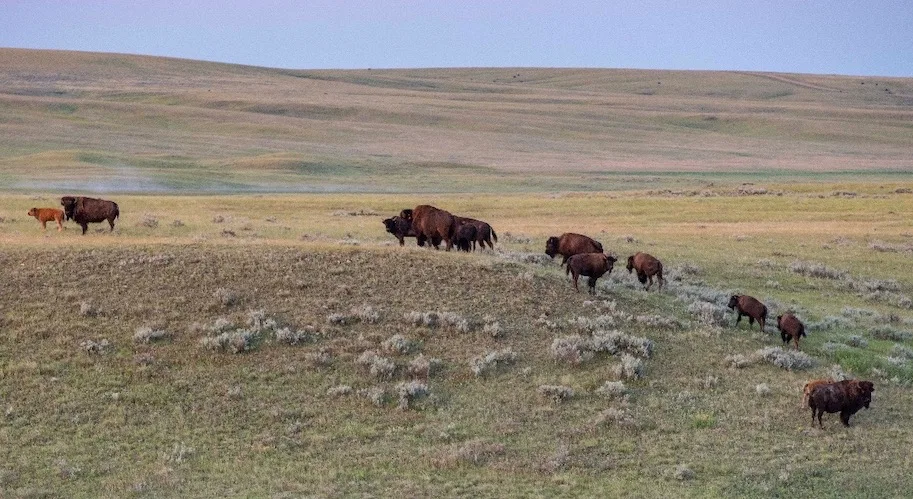
Plains bison at the Nature Conservancy of Canada’s Old Man on His Back Prairie and Heritage Conservation Area (OMB). (Jason Bantle/Nature Conservancy of Canada)
As well, The Key First Nation was the only contact the NCC had this year that was looking for live animals to build a herd. Grasslands National Park only handles its animals every two years, he added.
"Because we're such a small herd, we only have so many animals that we would ever have available in a given year to donate like this. So...the first request that came in was from The Key First Nation," said Burak. "Initially, it had come to us asking just for the 20 animals. Then it was able to secure more feed...[getting] a better sense of how many animals it could support with the land that it had."
Burak noted this project was more than three years in the making.
Parks Canada and the NCC have made collective contributions to wildlife conservation for more than a century, including the recovery of threatened species such as plains bison.
Thumbnail is courtesy of Parks Canada.
Follow Nathan Howes on Twitter.








